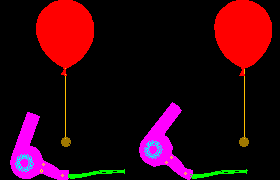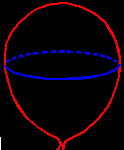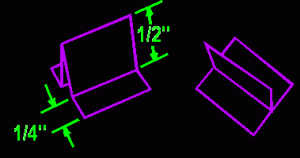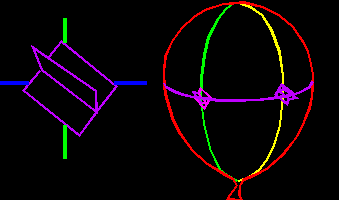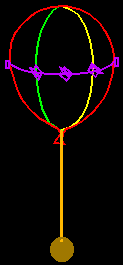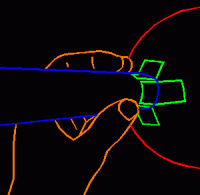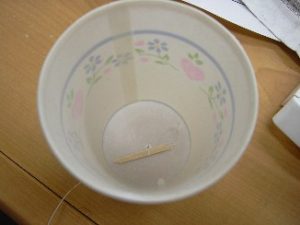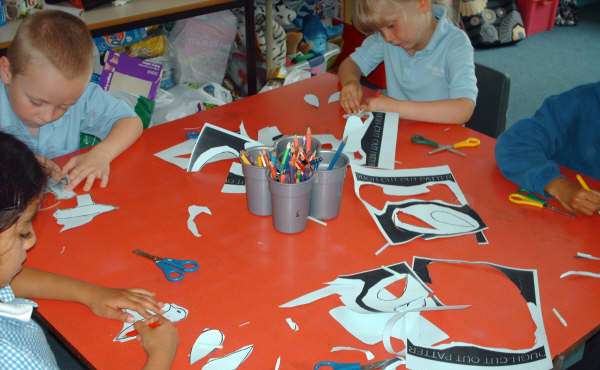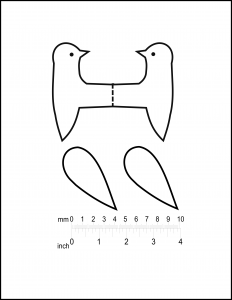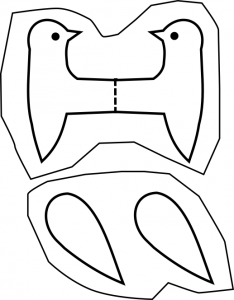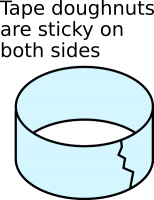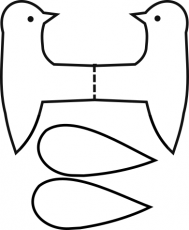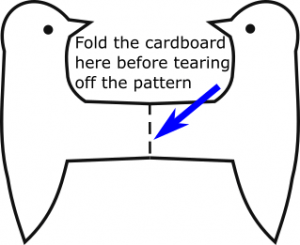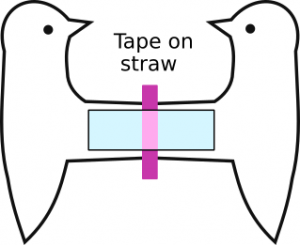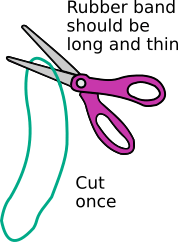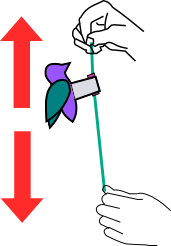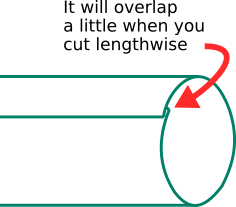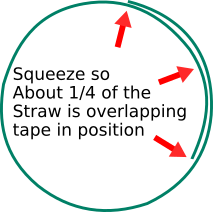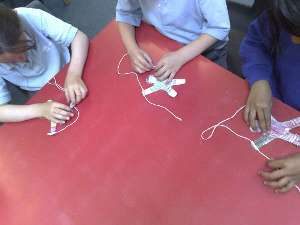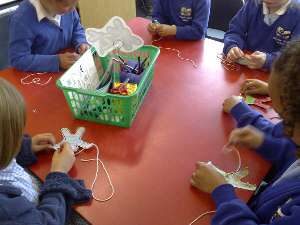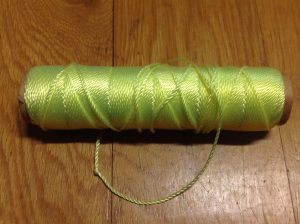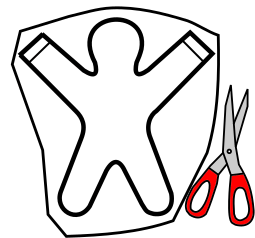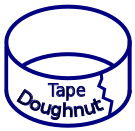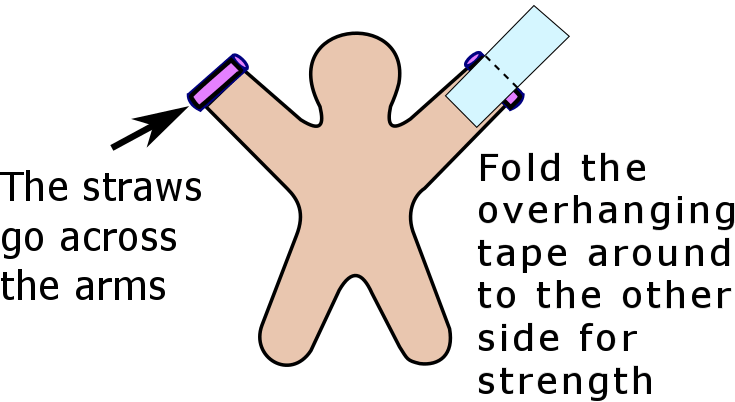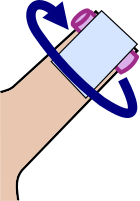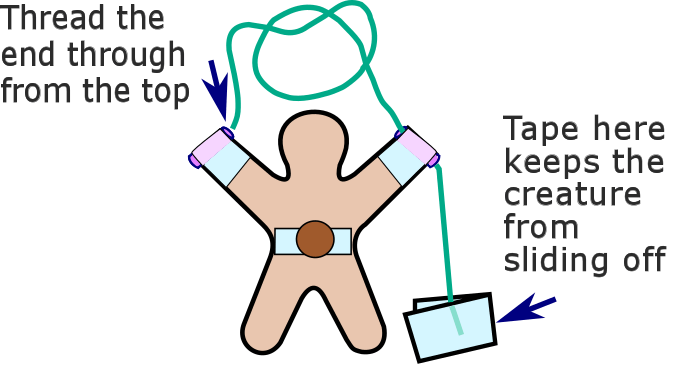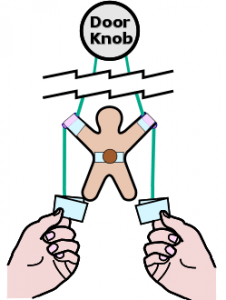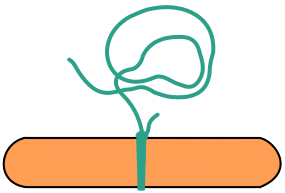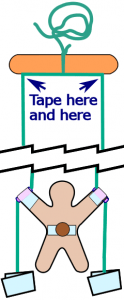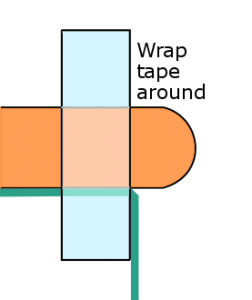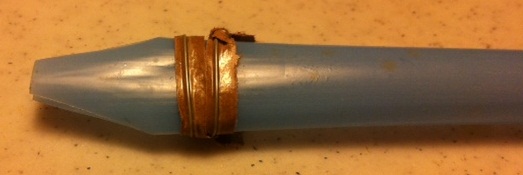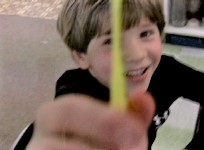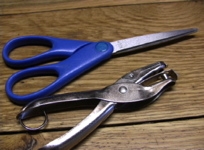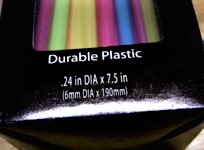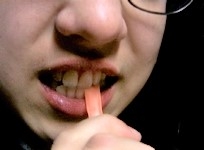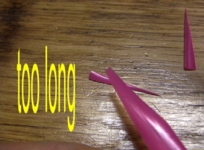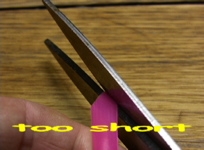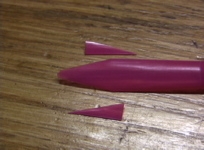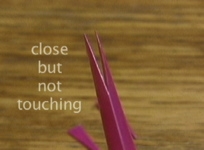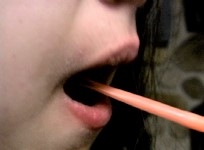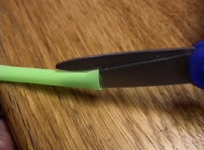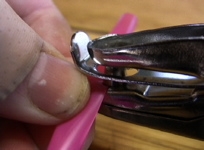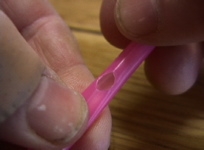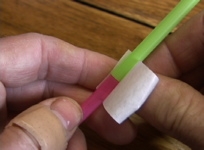Here are some ways to get rid of static charge. Rub the board with a wet rag or something. Dampness kills static. If the glider itself has static charge, then hold it in the steam (actually water vapor) over a bowl of very hot water. You can dab it with a slightly damp washcloth, but if it gets wet, you'll have to let it dry. Just a few drops of water will add too much weight.
If you do not know how walkalong gliding/air-surfing works, this might be confusing. Walkalong gliding does NOT use static electricity at all; it only uses deflected air to levitate gliders. However, you can use static electricity to levitate tinsel, thin plastic, etc. There is even a toy that is a hand-held Van De Graaff generator that makes things float. And to make things even more confusing, static electricity can attract AND repel things.
So of course by now you are thinking, "Why not combine aerodynamic with static levitation. And indeed my friend Nyle Steiner has done some work with that.
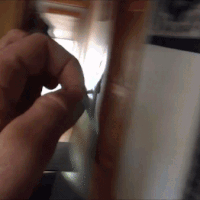

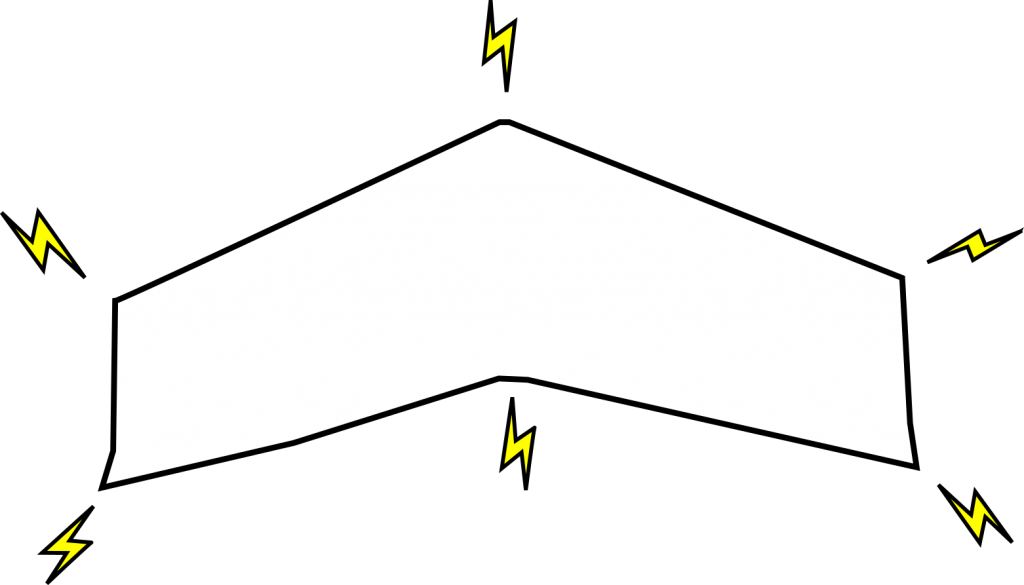
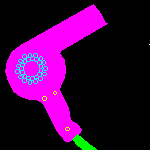 The hairdryer has to be the kind with the long front nozzle--as shown in the picture--so the air stream is well directed. Unfortunately, this style is hard to find these days. Perhaps a store that specializes in barber supply products would have them. A vacuum cleaner hooked up the wrong way so it blows out air instead of sucking it in might work. I have not tried a leaf blower yet, but that might work.
The hairdryer has to be the kind with the long front nozzle--as shown in the picture--so the air stream is well directed. Unfortunately, this style is hard to find these days. Perhaps a store that specializes in barber supply products would have them. A vacuum cleaner hooked up the wrong way so it blows out air instead of sucking it in might work. I have not tried a leaf blower yet, but that might work.
